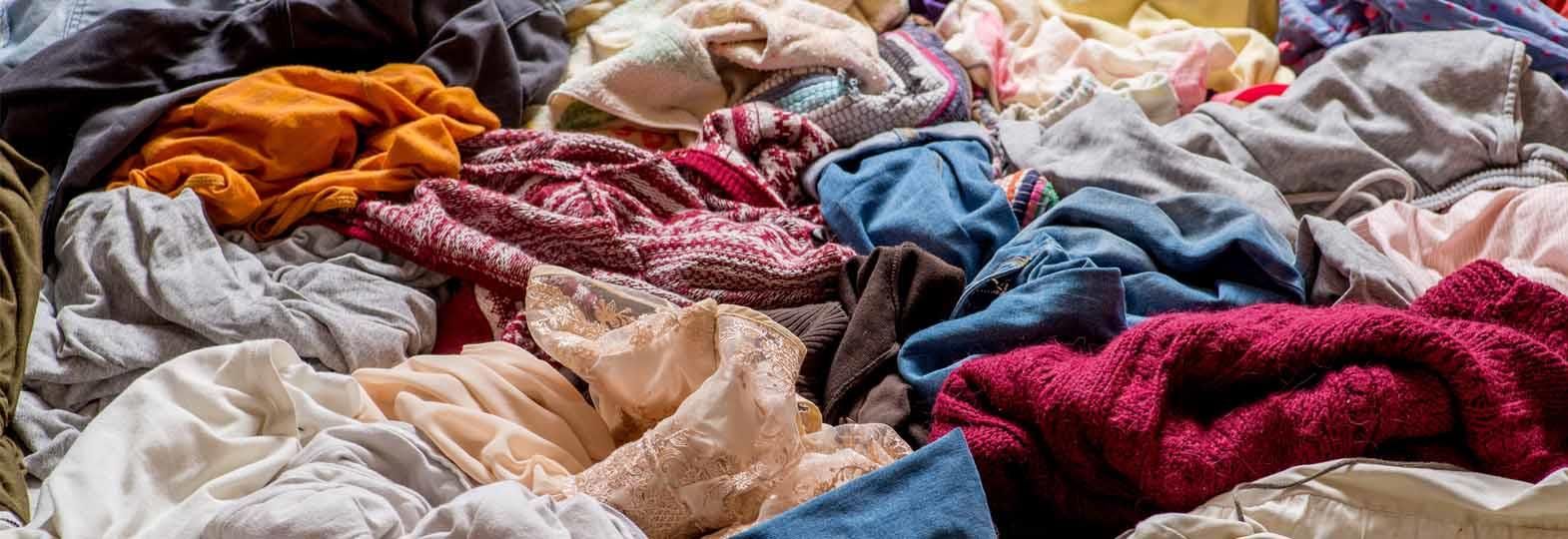India’s Prime Minister Narendra Modi was recently seen wearing a special blue jacket made of recycled plastic bottles during the Budget session in Parliament. It was made from recycled PET bottles by Indian Oil under its Green Initiative of Sustainable Garments. It is therefore pertinent to know what recycling is and how it can contribute to the protection of the Earth in the long run.
A lot of waste is generated in the clothing industry, which is generated not only during textile manufacturing but also during textile use. There are two types of textile waste: production waste and consumer waste. The production waste contains all kinds of materials such as cotton, wool, polyester, acrylic, synthetic, nylon etc which come from different stages of textile manufacturing such as yarn spinning, fabric weaving, knitting etc. Consumer waste comes in the form of rags from used clothing.
Nowadays people are buying clothes at a pace that is much more than what they need. There are even some clothes that people never wear more than once and later such clothes reach the landfill. It produces greenhouse gases. It is estimated that the textile industry currently produces 10 per cent of global carbon emissions, posing a threat to the environment.
Textile recycling is one of the various steps taken by the textile industry to reduce its harmful impact on the environment. Textile recycling is not a new concept, though. Patagonia, an American outdoor clothing company was the first to recycle PET bottles in 1993 to produce the first polyester flees jacket. Now they recycle various manufacturing waste, plastic bottles and worn clothes into about 82 different products such as insulated pants, down jackets etc.
In India, Panipat town in Haryana is a textile recycling hub, which recycles around 1,44,000 tonnes of second-hand clothing imported from several developed countries every year. Textile waste obtained from developed countries like the UK, Europe (especially Germany, France, Italy, the Netherlands, Norway, Sweden and Belgium), South Korea and the UAE is recycled in factories located in Panipat.
Textile recycling involves steps such as collecting waste textiles where pre- and post-consumer waste are collected through different channels. Afterwards, sorting is done as per the colour and material i.e., fabrics or garments of similar colour and materials are arranged batch wise, then extra non-textile materials like buttons and zippers are cut and removed and material is cut in homogenous sizes. For frictionless functioning of machinery, the waste is mixed with oils. Suitable material is further broken down either by physical method or chemical method depending upon the material type. The finally obtained fibres are again carded and/or spun into yarns, which is finally converted into other value-added products.
Fabrics that are commonly recycled include cotton and polyester. Recycled polyester is used in clothing items such as collared long sleeve shirts, tracksuits, tote bags, jackets etc. This is beneficial for the environmental and economic situation, as it reduces the need for chemicals, in addition to reducing the need for landfill space, reducing energy consumption, and also reducing waste water. It is proved that recycling clothes uses 70 per cent less energy, 75 per cent less CO2 and 86 per cent less water. Patagonia, an outdoor apparel brand, explains that using recycled wool reduced their CO2 emissions by 95 per cent compared to virgin wool. By sorting textiles by colour, there is no need to redye recycled fabrics. As a result, it conserves energy and reduces the pollution that occurs during the textile dyeing process. It avoids many polluting and energy-intensive processes that are used to make textiles from fresh materials.
Besides Patagonia, Target, Madewell, Tentree, Pure West, Coalatree etc are some of the fashion brands that use recycled materials to make diverse fabrics such as activewear and swimwear, jackets, jeans, hoodies, sweatshirts, puffer jackets etc. A large amount of textile waste is also used as raw material to make low quality products such as blankets, shawls, carpets etc.
However, textile recycling industry is suffering from major challenges. Firstly, it is difficult to collect huge amount of post-consumer waste since there are very few channels available for the consumers to deposit textile waste, especially in India. Another challenge comes in sorting of textile waste which constitutes all types of fibre constituents making textile recycling more difficult.
Textile recycling can only be promoted if people use recycled textile products in their daily lives. This is why efforts are needed to raise consumer awareness in this regard and encourage manufacturers to increase the use of recycled textiles in making of new products. Moreover, introduction of diploma courses in Textile Recycling and Sorting of Textile Waste can help the industry with human resources with the knowledge that will help in making quality recycled products. Such a step would support the textile recycling industry in the long run. Also, textile waste bins can be installed at various stores and outlets to deposit worn out, not to be used clothing by consumers.











Comments